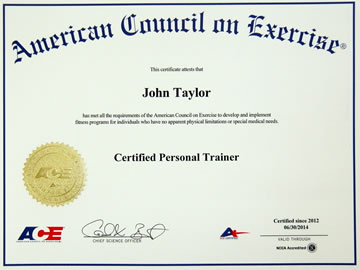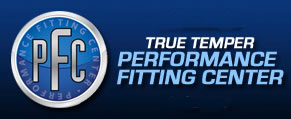Best Shaft for Drivers
Most golfers buy a new driver to get increased distance that will keep the ball in the fairway somewhere near where they want it to go. That's what we like too. But there is a fundamental problem with buying new drivers off-the-rack. It's the quality of the shaft. A key consideration in buying a new driver is to think of the club head and shaft independently.
Most of the stock shafts in retail drivers should be considered as place holders that need to be exchanged for an upgrade shaft either at time of purchase or aftermarket with the help of a professional clubfitter. Stock shafts are typically low cost copies of good technology produced with a main focus on keeping costs low with less attention to how they play. Aftermarket upgrade shafts will give the performance you seek.
The big OEMs know that most golfers will choose low price over better performance. And the bargain hunter in all of us wants to believe that tour quality performance can be had for discount-house prices. The reality is usually something quite different.
In our experience you can get great clubhead performance without breaking the bank account if you work with a professional club fitter or shop at a golf store where clubs are the main business. It's the shaft that requires special attention, and expertise matters when fitting a shaft to your swing.
Modern manufacturing techniques allow for a wide range of specialized materials and methods in producing shafts, and shaft engineers approach design by thinking about the whole shaft and developing stiffness profiles that can bring out the best in different swing styles. Exotic materials also can have major benefits. They combine to yield truly outstanding performance that we have seen in several new shafts to transform your playing experience.
Modern graphite shafts are vastly improved over what was available just a decade ago. Greater stability at lighter weights make it easier to swing a driver and generate increased clubhead speed. A custom fit shaft that compliments your swing style will yield performance benefits that result in lower scores and more enjoyment of the game.
Golf should be fun. The frustration of trying to swing a driver with a poorly performing shaft is not worth a bargain price. Clubs are relatively inexpensive compared to everything else in golf, and we believe strongly that getting the best shaft for your swing in a new driver will make a very worthwhile difference in your game.





























 John Taylor
John Taylor